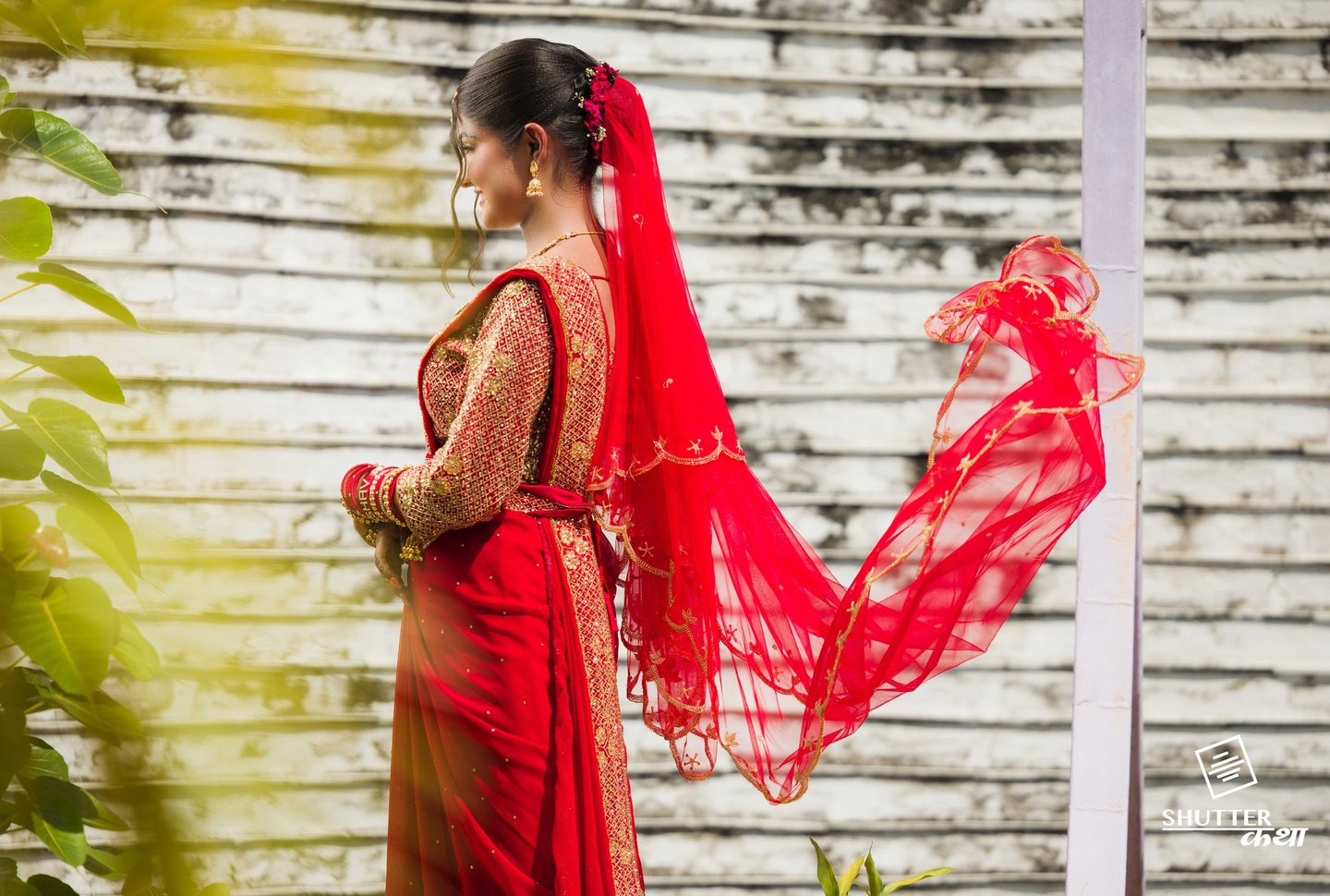Simple Guide to Beautiful Wedding Traditions in Eastern Nepal
Nepali weddings are huge parties that last for days! They bring together two people, two families, and whole communities in a celebration of love. We are expert photographers, certified by IIP Academy, Delhi, India, with over 15 years of international experience. We know that Eastern Nepal is special because it has so many different, colorful traditions to capture. This guide breaks down the sacred steps and joyful moments that make a wedding session here truly amazing.
WEDDING PHOTOGRAPHY


Simple Guide to Beautiful Wedding Traditions in Eastern Nepal
Nepali weddings are huge parties that last for days! They bring together two people, two families, and whole communities in a celebration of love. We are expert photographers, certified by IIP Academy, Delhi, India, with over 15 years of international experience. We know that Eastern Nepal is special because it has so many different, colorful traditions to capture.
This guide breaks down the sacred steps and joyful moments that make a wedding session here truly amazing.
1. The Start of the Journey: Before the Wedding Day
A Nepali wedding is a series of commitments made before the main ceremony. We love to photograph these moments because they show the strong family connections.
The Formal Talk (Kura Chhinne)
This is the first step: The Formal Talk. The older people from both families meet up, often with a matchmaker (Lami), to agree on the marriage. It’s a moment of big respect and commitment, setting the path for the rest of the ceremonies.
The Engagement (Tika-tala)
After the agreement, the groom’s family visits the bride’s home with presents, sweets, and clothes. This is the official Engagement (Tika-tala). The couple might exchange rings here, making their betrothal public in front of close family.
The Groom’s Parade (Janti Prasthan)
The wedding day starts with the amazing Groom’s Parade (Janti). The groom wears his traditional clothes (Daura-Suruwal and Topi or hat) and travels in a decorated vehicle to the bride's house. A loud, traditional band (Panche Baaja) plays music, making the parade colorful and exciting!
2. The Main Event: Wedding Day Ceremonies
All the most important rituals happen around a sacred fire (Agni), which acts as a witness to the couple's vows.
Giving Away the Bride (Kanyadaan)
This is a very emotional moment called Giving Away the Bride (Kanyadaan). The bride's father officially gives his daughter's hand to the groom, trusting him to take care of her happiness for the rest of their lives.
Red Mark and Necklaces (Sindoor & Pote)
The groom applies red powder (Sindoor) to the middle of the bride's hair. This is the biggest sign that she is married. He also gives her the green beaded necklace (Pote) and a special gold pendant (Tilhari). These are fantastic moments for close-up photos.
Walking Around the Fire (Agni Parikrama)
The couple walks around the sacred fire several times. Each walk is a promise about how they will live their life together. This ritual makes their union official in their hearts, bodies, and spirits.
3. Different Cultures, Different Styles
Eastern Nepal has many communities, and their weddings are all a little different and beautiful.
Brahmin & Chhetri Weddings
These weddings follow ancient Hindu rules and have many rituals led by a priest (Pundit). The main event is held under a tent (Mandap) by the fire. The bride traditionally wears a red and gold saree, and the groom wears the Daura-Suruwal.
Rai Weddings
The Rai people celebrate with their own unique style. The celebration is very lively and includes their famous Sakela dance. Music from traditional drums (Dhol and Jhyamta) fills the air. It is common to offer a local millet drink (Tongba) and meat to the bride's family as a sign of respect.
Limbu Weddings
Limbu weddings follow old Kirati traditions, often led by a traditional priest (Phedangma). There’s a key ritual called Soden where the groom’s family must prove their respect. Limbu brides are famous for wearing the beautiful Mekhli dress and heavy, stunning gold jewelry like the Samyangfung pendant.
4. The Fun Part: Food and Celebration
The big meal (Bhoj) is a party highlight! The community comes together to eat, sing, and dance.
Guests get delicious rice, soup (Daal), veggie curries (Tarkari), and pickles. The most common and popular meats are Goat (Khasi ko Masu) and Chicken (Kukhura ko Masu). These dishes are cooked with rich, strong spices. Note: Traditional Nepali weddings always feature these meats and never include beef.
The air is filled with traditional music mixed with modern songs, making sure everyone gets up to dance.
Storytelling Through the Lens: Why Trust ShutterKatha
Eastern Nepali weddings are a wonderful mix of old, colorful rituals and real, modern feelings. To photograph all this diversity, you need patience and respect.
Why Choose Us? As photographers certified by the IIP Academy, Delhi, India, with over 15 years of international experience, we guarantee high-quality, professional coverage. We know you want to see your memories quickly, which is why we offer fast delivery services for your final photos.
At ShutterKatha, we don't just take pictures; we tell the complete story of your love, family, and heritage.
